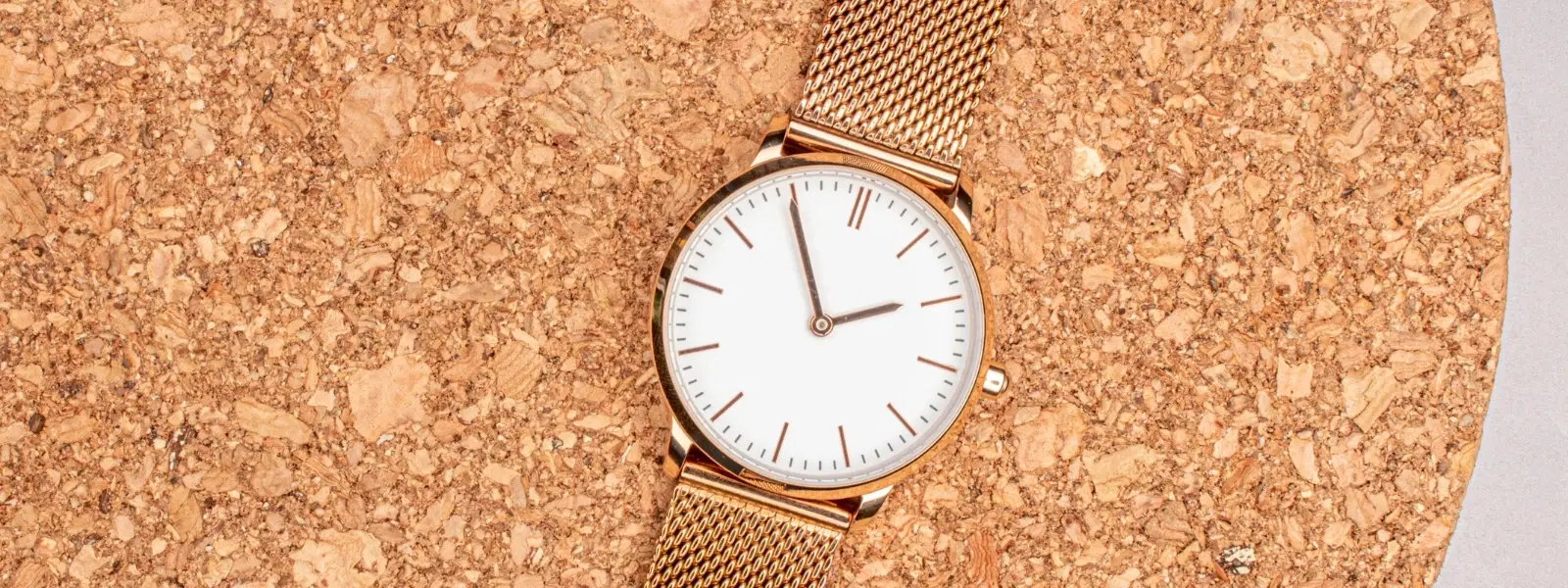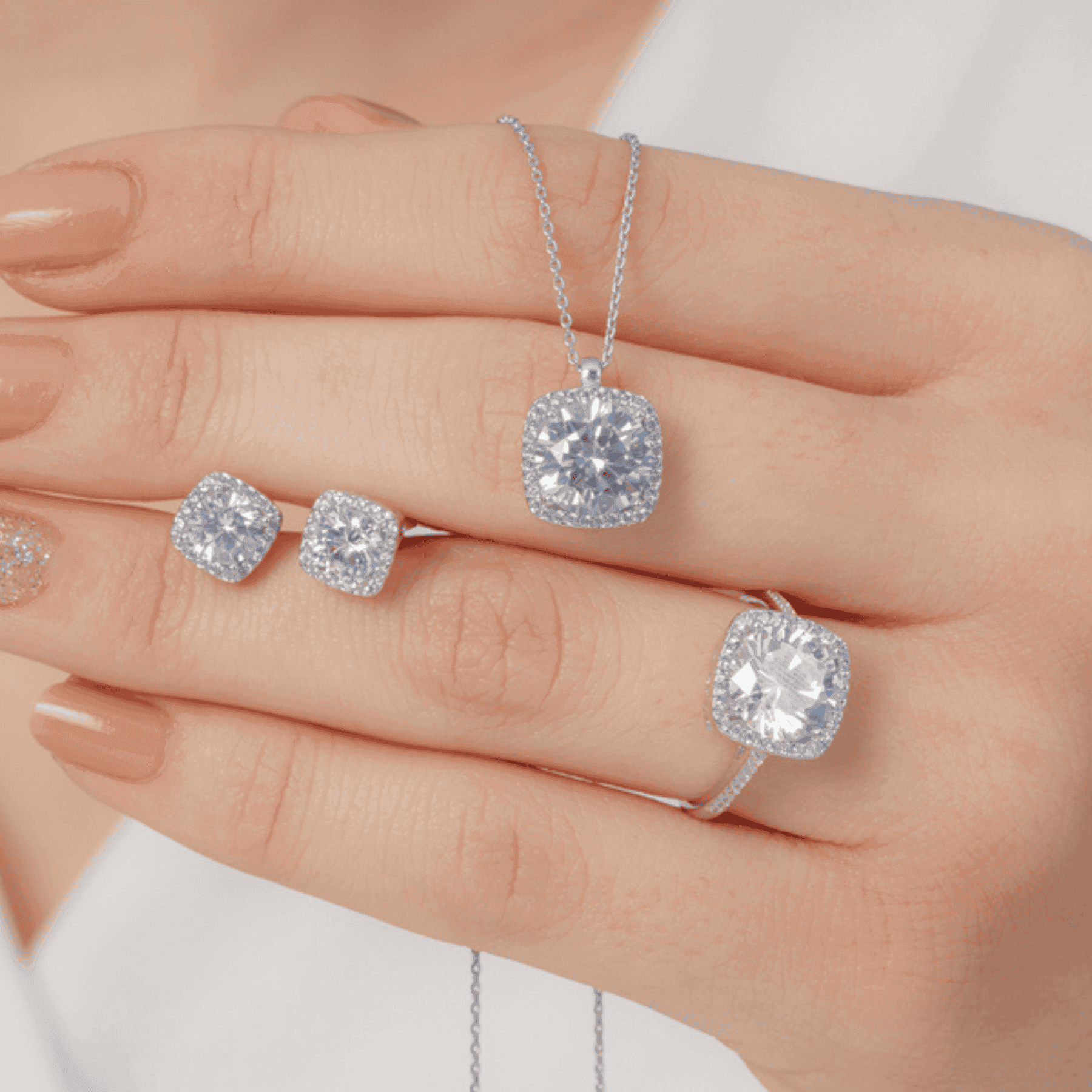
Watches & Jewellery
•05 min read

Vintage timepieces are more than just instruments to tell time—they are a window into history, craftsmanship, and self-expression. In this guide, we will explore how to easily identify authentic vintage timepieces. Readers will learn to spot authenticity markers, understand the value of heritage timepieces, and avoid common pitfalls with counterfeit or over-restored watches. The insights shared here aim to empower both seasoned collectors and newcomers, ensuring a trustworthy approach to vintage watch collecting.
Vintage watches hold a special place in the world of fashion and identity. They are celebrated for their historical significance and the artistry of their mechanical movements. Unlike modern timepieces, these classic timepieces feature intricate details and unique design elements that tell a story of their era. With historical value, craftsmanship, and investment potential in luxury vintage watches, each piece becomes more than an accessory—it is a statement of individuality and timeless style.
Historical Value: Many antique watches and retro wristwatches come from periods of significant cultural change, making them treasured collectibles.
Craftsmanship: Hand-assembled mechanical watches and heritage timepieces display attention to detail that modern productions often lack.
Investment Potential: Collectible watches often appreciate in value, offering not just style but a wise investment in authenticity.
To distinguish authentic vintage timepieces from imitations, it is important to look for specific characteristics. Genuine examples feature mechanical movements known for their precision, natural signs of aging, and well-documented brand histories. The patina that develops over time is not a flaw, but a signature of authenticity, reflecting years of use and character in each piece.
Mechanical Movements: Authentic watches typically rely on mechanical engineering, in contrast to quartz movements found in many modern pieces.
Patina: Natural aging such as discoloration or gentle wear on the dial and case showcases a genuine history.
Documented Legacy: Cross-referencing the watch with historical archives helps confirm the authenticity of pre-owned watches and collectible watches.
The dial and case of a vintage watch are often the initial indicators of its genuine nature. Authentic vintage timepieces are crafted with care, resulting in design elements that are both decorative and functional. When inspecting a watch, observe the clarity of the dial, the consistency in font styles, and the subtle aging markers like patina. The quality of the materials used in the case further signals authenticity. Look for high-grade stainless steel or genuine gold plating that indicate the true craftsmanship behind these timeless wristwatches.
Dial Details: Consistent font styles and precise logo placement indicate authenticity.
Case Back Markings: Engravings such as serial numbers or hallmarks are key clues.
Material Quality: High-quality metals and finishes are characteristic of luxury vintage watches.
The movement is the beating heart of any watch. In vintage timepieces, the movement often distinguishes a true mechanical watch from a counterfeit. Brands known for their heritage timepieces typically design unique movements. When evaluating a watch, examine the smooth operation and precision. Look for quality indicators like jewel bearings, which ensure superior performance. Testing the movement also reveals whether it faithfully represents the era of classic timepieces and mechanical watches.

To confirm authenticity, it is crucial to verify that the watch aligns with the historical catalog of the brand. This involves checking reference numbers, verifying logo placements, and understanding the particular characteristics associated with different eras. Knowing the production year and design lineage of a watch can help in identifying authentic vintage timepieces. A well-researched model often details the evolution of retro wristwatches and collectible watches, offering insights into the lineage of mechanical watches and luxury vintage watches.
While the world of vintage timepieces is filled with treasures, counterfeit models continue to challenge collectors. Counterfeit watches may mimic the look of genuine pieces but often reveal inaccuracies on closer inspection. Signs such as incorrect fonts, uneven engravings, or the use of inferior materials can help spot fakes. Inconsistencies in the movement are a clear indicator that the watch may not be genuine. Recognizing these pitfalls is crucial for anyone interested in antique watches or pre-owned watches.
Watch restoration can be a double-edged sword. While proper vintage watch restoration is important for maintaining functionality, over-restoration can erase the very traits that authenticate vintage timepieces. Maintaining original components is key, as replacement parts might not capture the true essence of heritage timepieces. For example, repainting dials can remove natural patina, a vital element of a watch’s story. It is important to balance restoration work without overshadowing the authentic charm and historical value of collectible watches and timeless wristwatches.
When considering a purchase of vintage timepieces, thorough research on the seller is essential. Whether you are dipping your toes into the world of mechanical watches or are a seasoned collector in the realm of luxury vintage watches, the credibility of the seller should be the priority. Look for reputable dealers with a proven track record, and always seek necessary documentation that verifies the watch's authenticity, such as certificates and service records. Reading online reviews and feedback can offer additional confidence in your transaction.
Online platforms offer an abundance of resources for identifying authentic vintage timepieces. From dedicated collector forums that discuss antique watches and retro wristwatches to trusted online marketplaces that specialize in pre-owned watches, these digital tools can guide you in making informed decisions. Price comparisons and detailed model descriptions help in ensuring that you are investing in a piece that truly stands the test of time. Leveraging these resources is an effective way to navigate the realm of collectible watches and ensure a secure purchase.
Pro Tip: "Patina is the fingerprint of authenticity in vintage watches."
Collectors cherish natural aging signs such as dial discoloration. These marks are evidence of a rich history and contribute significantly to the character of a vintage timepiece. Handle each piece with care, preserving these unique identifiers rather than erasing them through excessive restoration.
Maintaining the condition of vintage watches is key to preserving their value and beauty. These timepieces require gentle care and regular maintenance to ensure that they continue to reflect the artistry of a bygone era. Always store your watches in a cool, dry place to avoid moisture-related damage. Regular cleaning with a soft cloth and periodic checks for wear can go a long way in ensuring that these timeless wristwatches remain in pristine condition. A consistent care routine helps maintain the legacy and functionality of antique watches for future generations.

When it comes to vintage watch restoration, it is vital to strike a balance between functionality and authenticity. Seek out professionals who specialize in vintage watch restoration and who understand the intricacies of mechanical watches. Always opt for original or certified parts, as these ensure the preservation of the piece's historical integrity. A thoughtful and careful approach to restoration ensures that the charm of collectible watches is not compromised while they continue to serve as a testament to expert craftsmanship.
Yes, vintage watches can be highly valuable based on brand, rarity, and historical significance.
Many brands have produced iconic vintage timepieces, and each holds its own unique story in the watchmaking tradition.
The definition of 'vintage' can vary, but generally, a watch may be considered vintage if it represents an earlier era and exhibits qualities of classic timepieces.
Inspect the movement, check for original engravings and patina, and verify the reference numbers against historical data.
Yes, careful restoration that maintains original parts and avoids over-polishing the patina can preserve or even enhance value.
Authenticating vintage timepieces involves a mix of keen observation, understanding of mechanical movements, and respect for the history behind each piece. By following the steps outlined in this guide, you are now better equipped to identify genuine vintage watches and appreciate their timeless beauty. This journey through heritage timepieces not only enriches your collection but also deepens your connection with the legacy of fashion and style.